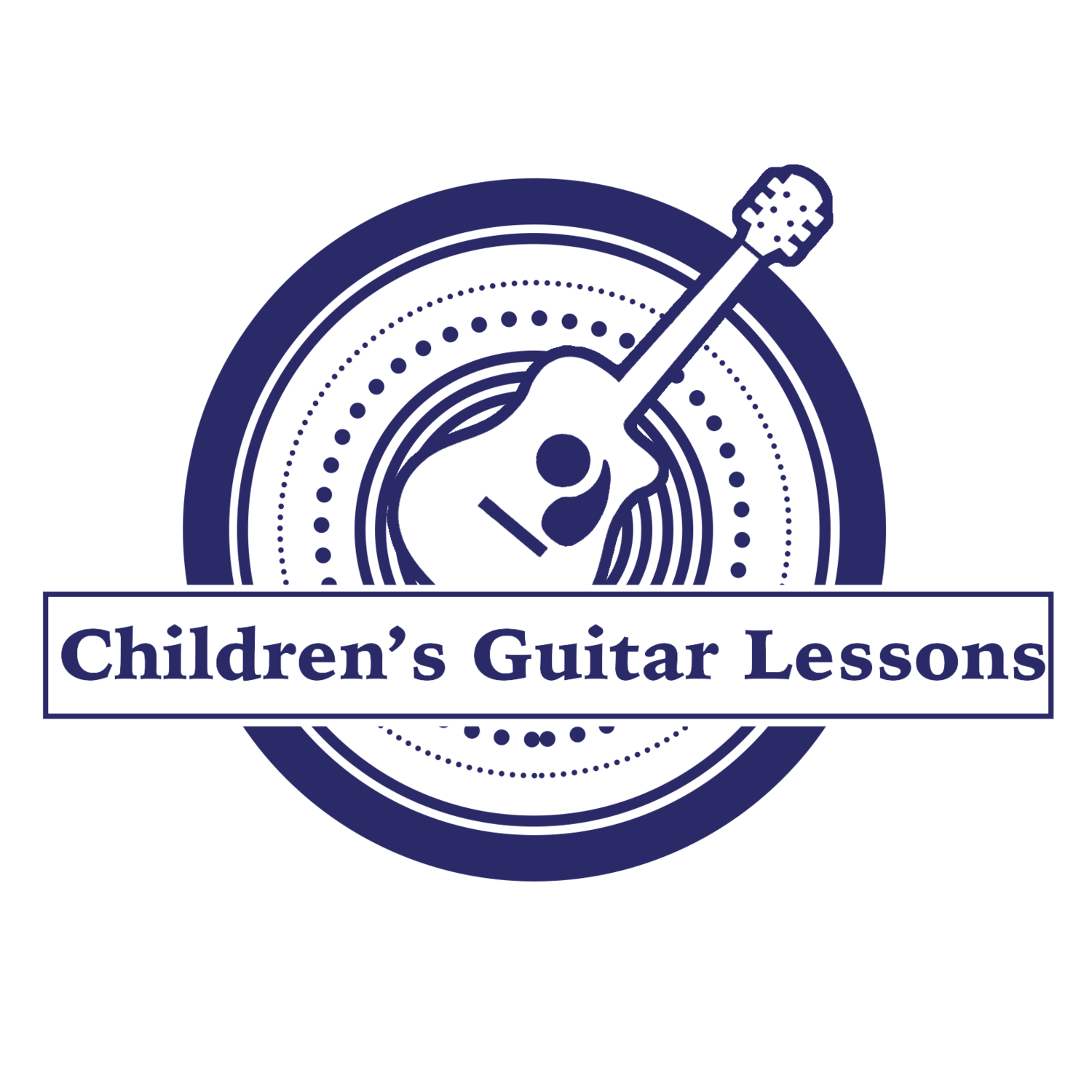Alternate Tunings For Guitar: How Do They Work?
A student recently asked me these questions about alternate tunings on guitar:
Alternative Tunings?
“Is switching from standard tuning to different types of tuning something you can learn to do on the fly like in the middle of a set? I worry it will make the pegs/strings loose and also I’m really slow to work it out.
Also do all your chord shapes stay the same?
If the strings are not all changed the same amount, surely a G shape is no longer is a G?”
These are great questions. First of all, if you use any kind of tuning other than standard tuning (EADGBE), we call it Alternate Tuning. Let’s take a look at some common alternate tunings, and then we’ll come back and answer all these questions.
Different types of Alternative Tunings
There are many types of alternate tunings that are used on guitar. "Drop D" is the simplest and most common alternate tuning - it means the low E (6th) string is tuned down from an E to a D. With a bit of practice, it is easy to quickly retune this string from E to D and back again, so it can be done between songs when you are playing a set quite easily.
Retuning won't make pegs or strings loose. Jon Gomm even uses it as a phrasing technique DURING a song (see Passionflower)!
In Drop D tuning, chord shapes stay the same except for any notes on the Low E string. So you can still play shapes from the 5th string to the 1st string.
Typical uses in bands
Many bands, especially American Rock and Grunge bands, retune their guitars to Eb. Every string is tunes down a halfstep. All chord shapes stay the same.
Then you could have a combination of Drop D AND tuning everything down, for example:
Drop D, down a whole step: C G C F A D
Drop D, down 1 1/2 steps: B F# B E G# C#
Some Metallica songs use these tunings. Retuning your guitar to either of these tunings takes longer and would not be possible on the fly in the middle of a set. However, tuning everything down makes it sound lower BUT it will still sound correct without tuning down! If you have sheet music for a song in one of these tunings and you play it AS WRITTEN in Drop D tuning it will still sound fine.
In other words, you can retune your Low E string to D and play the piece as it's written. It will sound fine! It's like the opposite of putting a capo on. The capo makes the guitar go into a higher key - it sounds higher, but it will still sound correct without the capo. Because EVERYTHING is moving up or down the same amount.
More Complex Tuning Systems
There are more complex tuning systems, like DADGAD (which is popular in traditional music) or CGCGCE (Open C Tuning). These tunings change chord shapes completely. Guitarists use these so they can play different sounding chord voicings. However, a tuning system might work well for one particular key; Open C Tuning for example, works well for the key of C. The normal tuning system, EADGBE, works well for all keys once you can play bar chords. Also, for songwriting, using an alternate tuning can break you out of old patterns of thinking and allow you to be more creative.
I hope this answers questions you may have on alternate tuning systems. To sum up, there are many different tuning systems for guitar. The complex ones take time to explore and get familiar with, but simple ones like Drop D are quick and easy to use. If you end up playing live with different songs that require different complex tuning systems, the best solution is: multiple guitars! Each tuned to a different system and ready to go when you need it
At Ultimate School of Music, we teach fingerstyle acoustic guitarists to reach the next level with their guitar playing. Contact us for fingerstyle acoustic guitar lessons in Dublin

